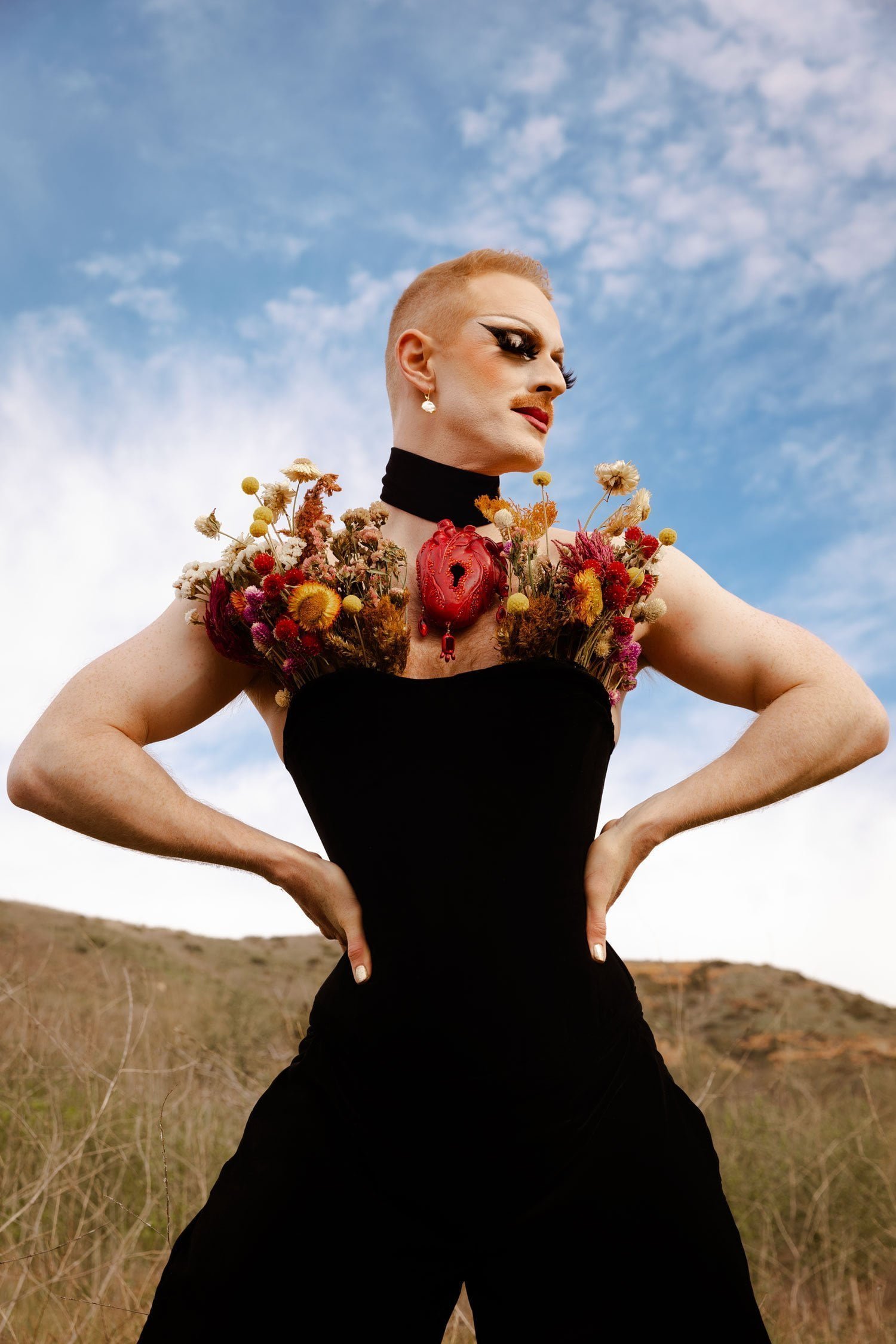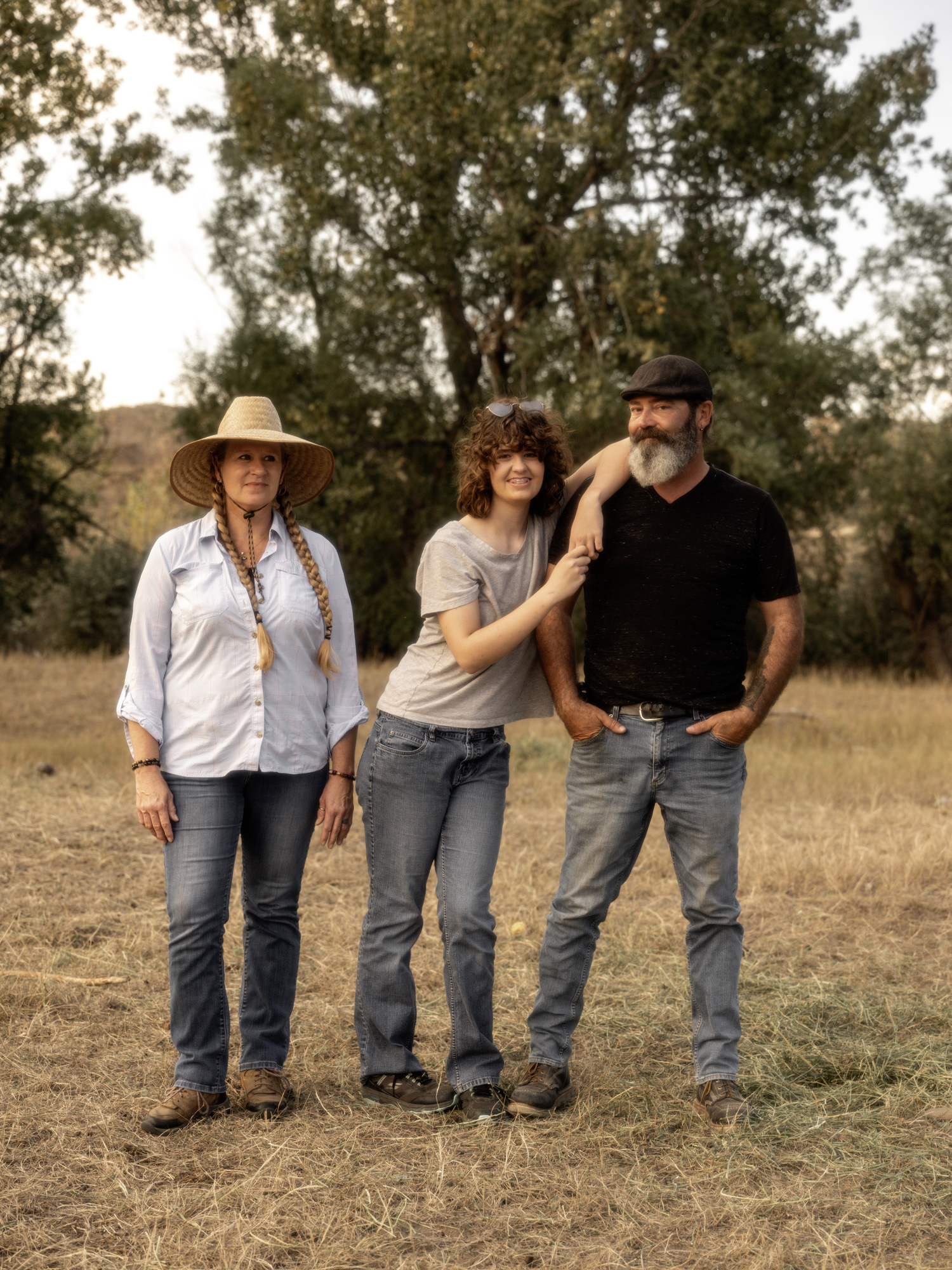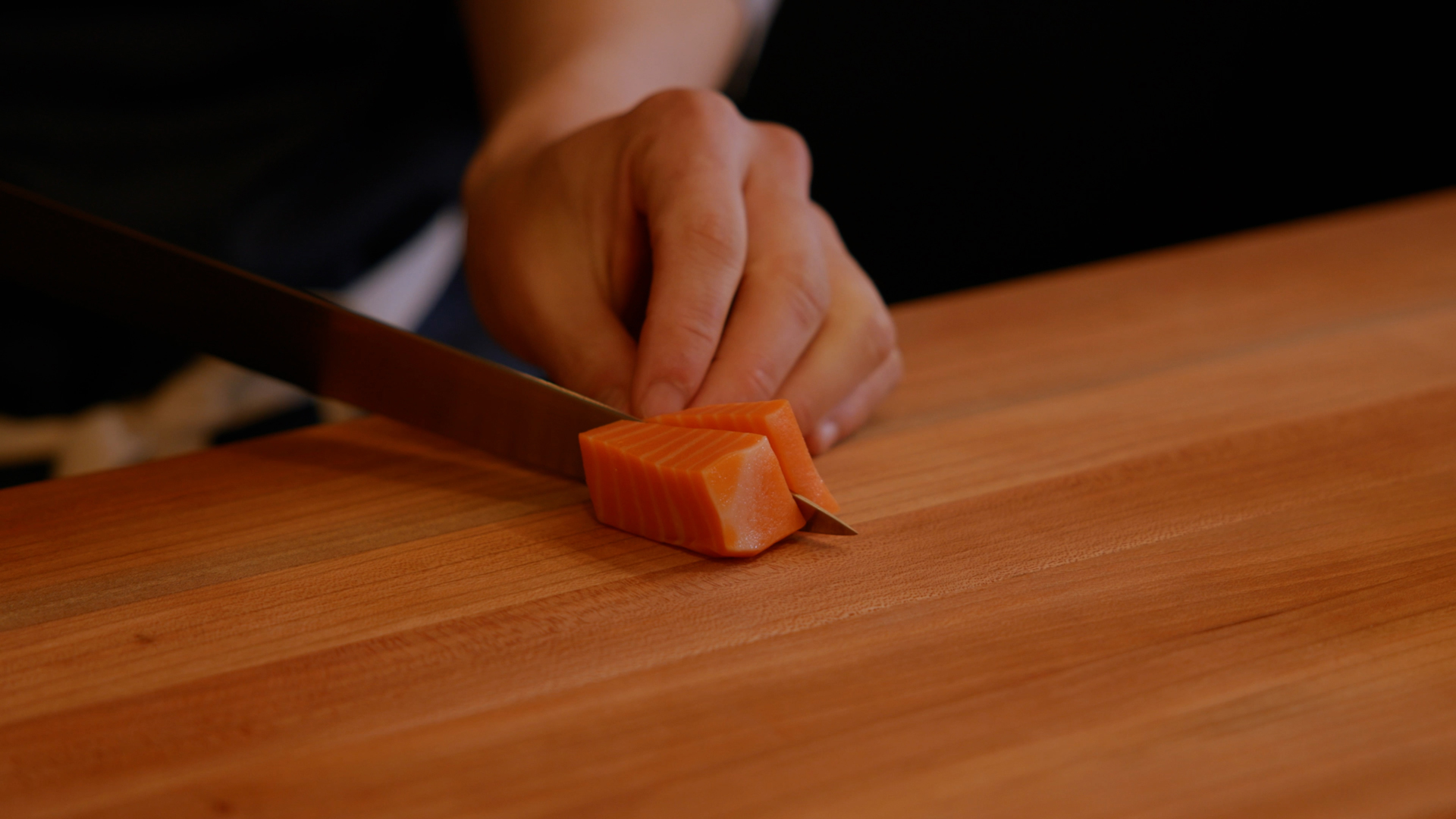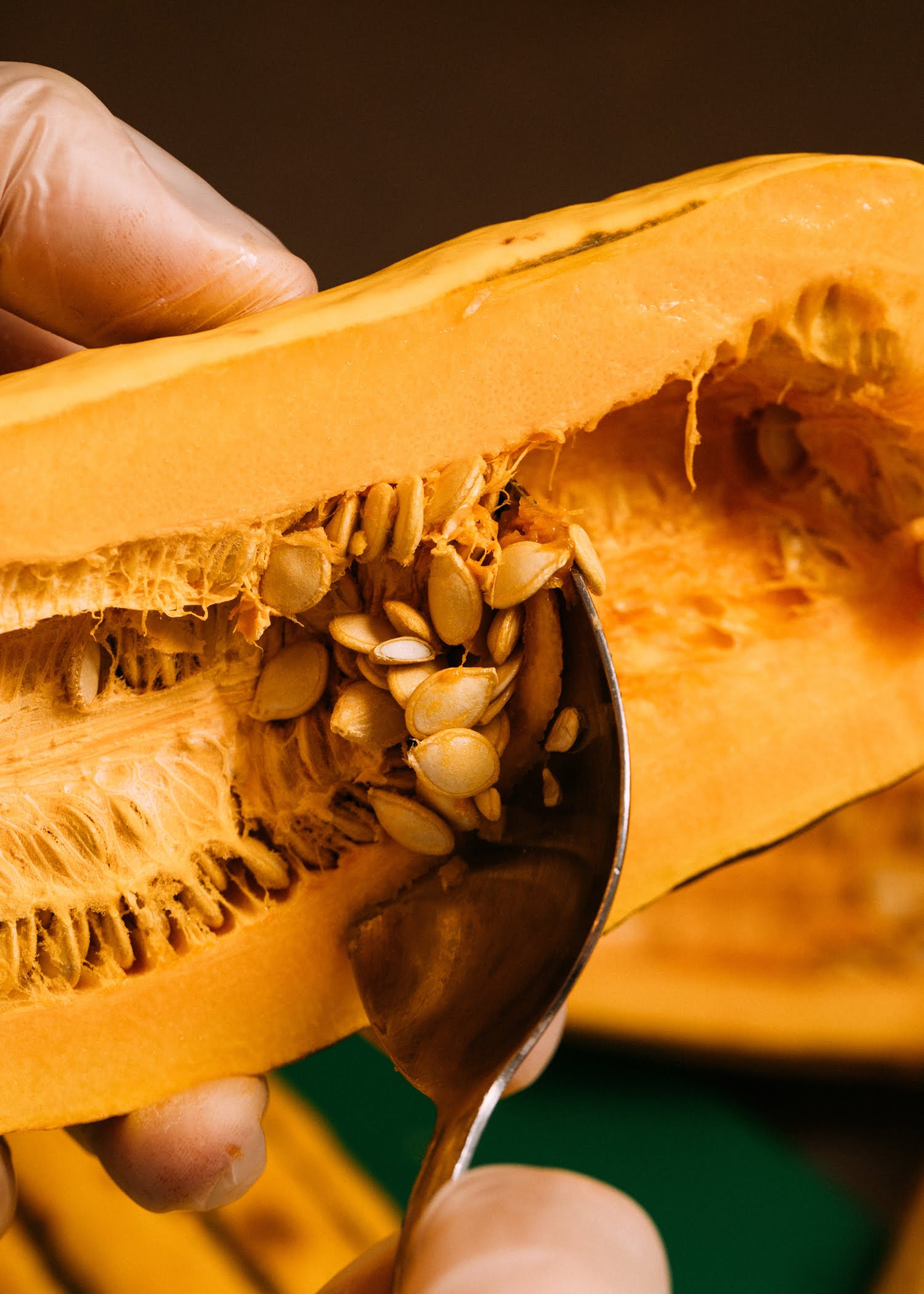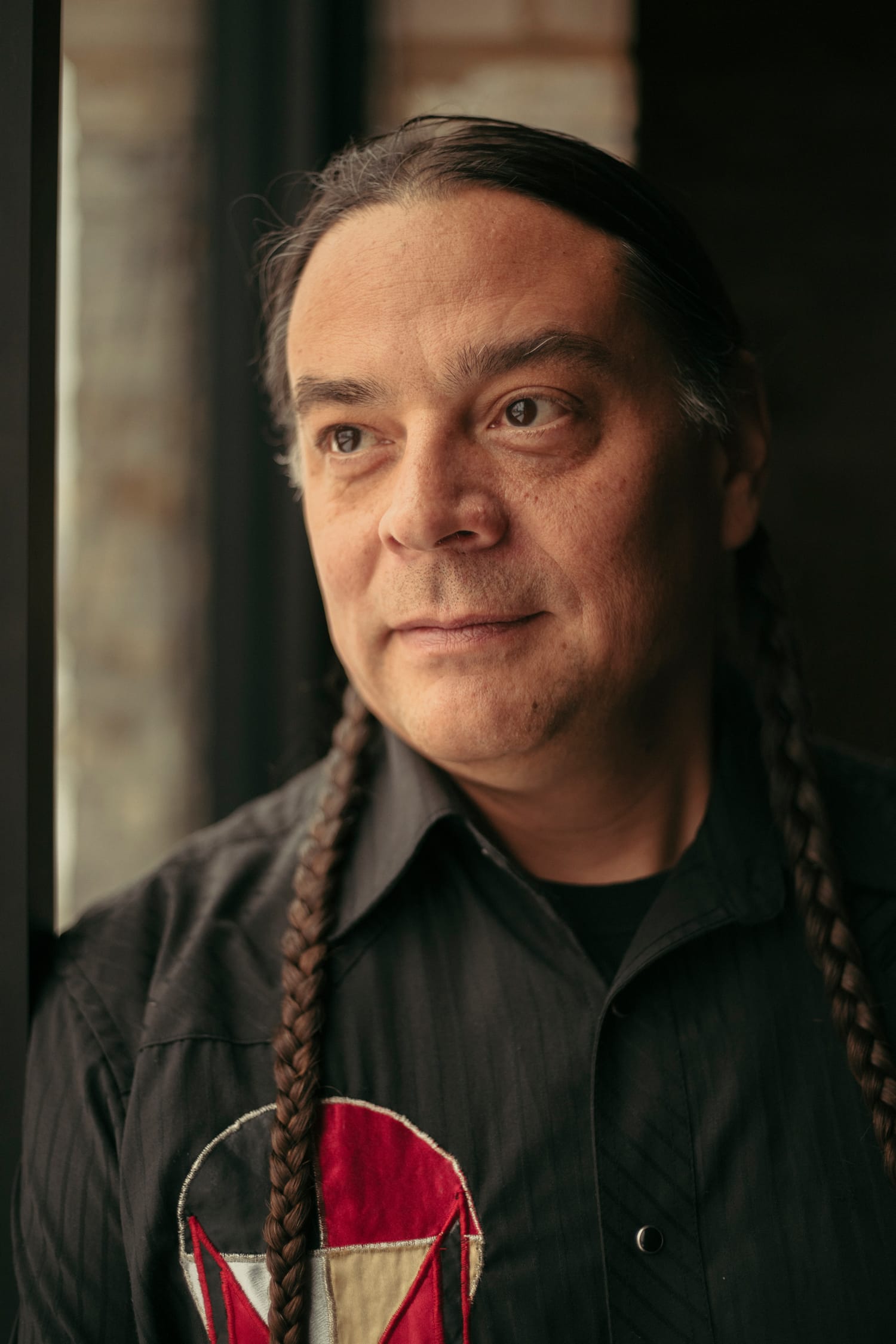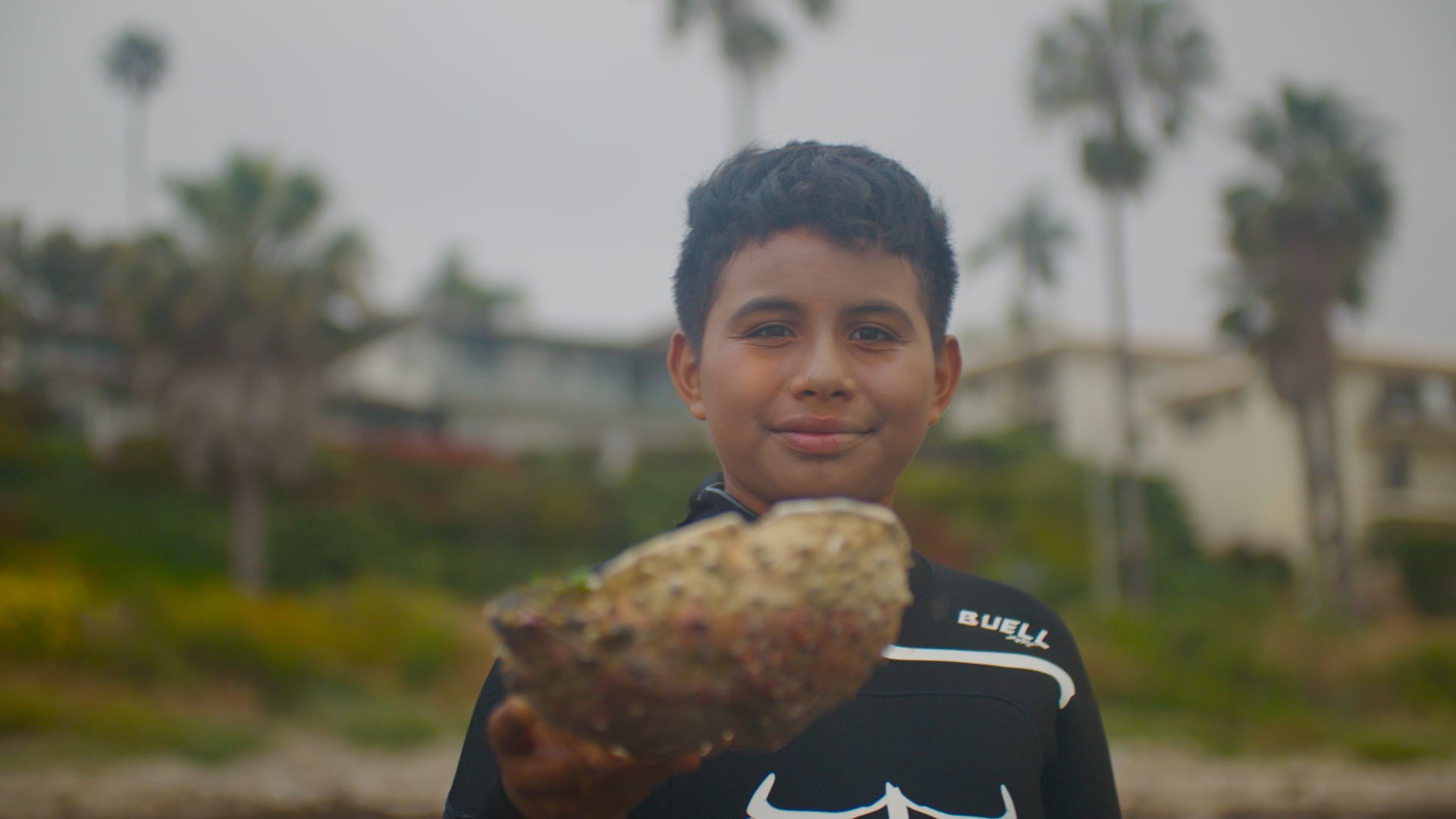Just keeping the family farm going was hard enough. But when Jackson and Tracey Dion began to realize the impact their choices were having on insect life, soil health and more, they realized they wanted to do things differently.
This journey begins with milkweed and butterflies. More to the point, with a lack of milkweed and butterflies. The former is a favorite food of the insects and, as its name implies, it is also considered an unwanted weed by many farmers and gardeners. As such, milkweed often gets killed off early every growing season. The Dion family were no exception to this practice.
Third-generation beet farmers from a small town in eastern Montana, Jackson and Tracey Dion were about half a decade into running the family farm when their daughter pointed out the milkweed and butterfly situation to them. That year they decided to keep the milkweed. And nothing has been the same since.
“If you ask my daughter, she will say we went organic to save the butterflies,” explains Tracey with the laugh of a mother who knows all too well the logic of children. “But it’s more complicated than that. A lot more complicated.”
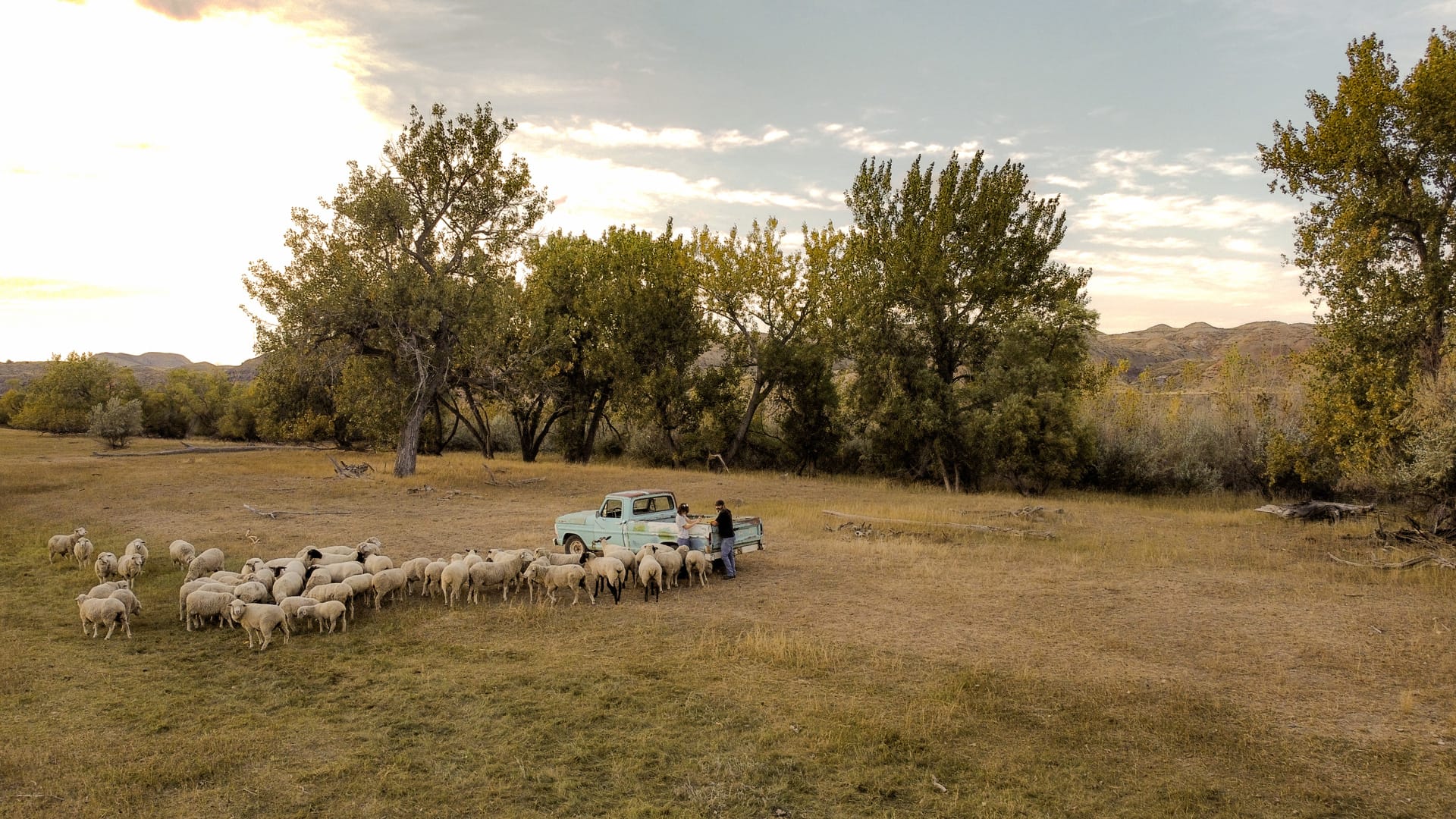
How it began
The Dions live in a town called Terry, population 562. It is rugged, rural country by anyone’s standards. Dry and hot in the summer and dry and cold in the winter, with wind that is prone to blowing no matter the season. But the Yellowstone River flows through and, thanks largely to that twist of hydrological good fortune and the irrigation that it makes possible, farming and ranching are at the heart of life in Terry and the surrounding areas.
Jackson and Tracey took over the family sugar beet operation in 2012, some 500 acres of farmland that had been worked for two generations before them. Their parents were getting old and it was time for a new infusion of energy. “That first year, we were like, yay! We saved the family farm,” remembers Tracey. “But the second year, we were like, uh oh… we bought the farm! We just had no idea. Even us farm kids that grew up with it, we just didn’t know how hard it was going to be to make ends meet and raise a family.”
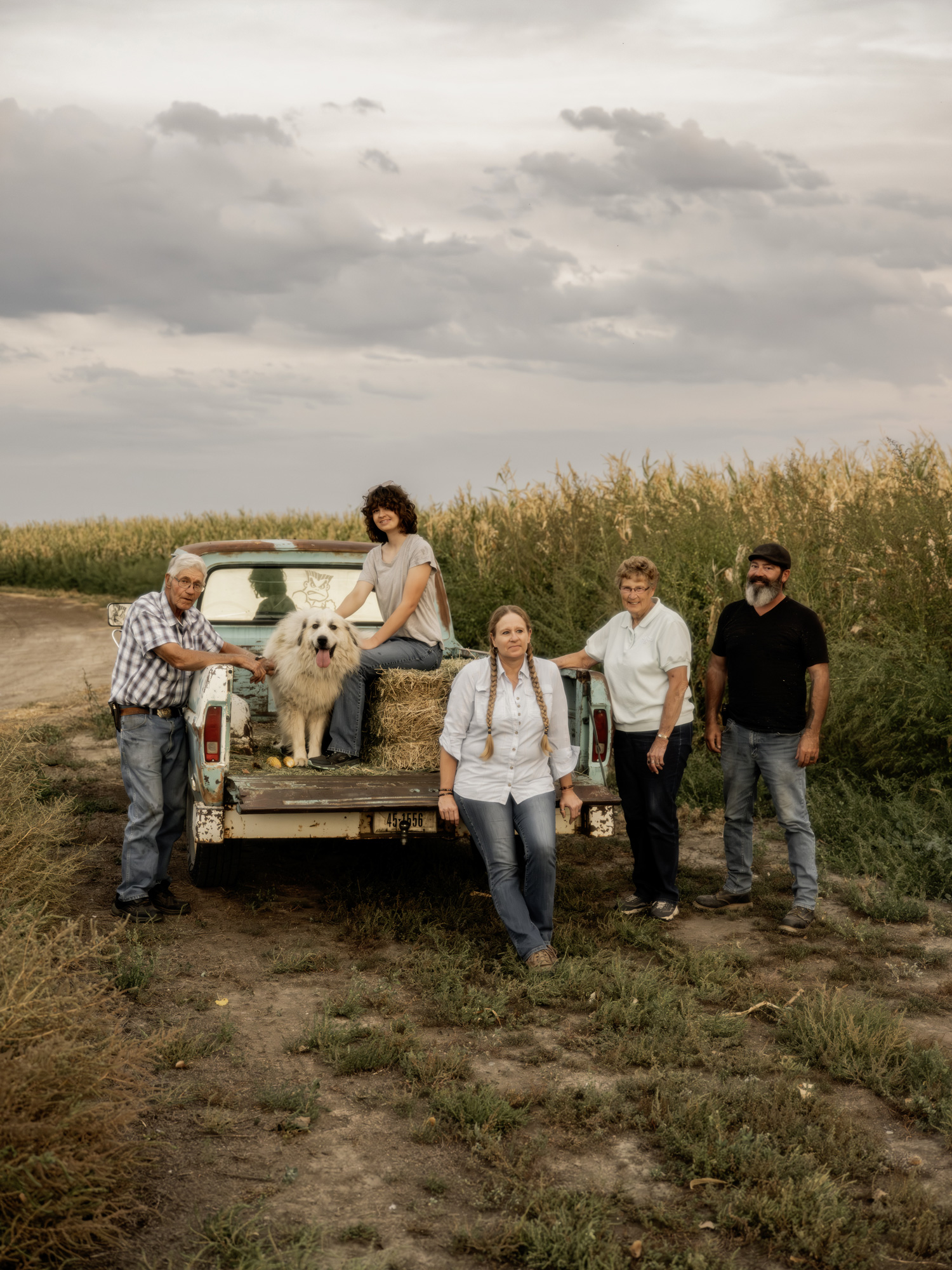
Three generations of farmers. L-R: Bill Feickert (Tracey Dion’s father), Maggie the dog, Raynee Mae Dion, Tracey Dion, Margie Feickert (Tracey Dion’s mother) and Jackson Dion.
Tracey and Jackson ran things much in the same way as the previous generation for the first five years. “We didn’t want to change stuff and be the ones who lost the farm. We didn’t want to upset the apple cart,” says Tracey about those early years. “You just do what everyone else was doing and hope for the best.” They were growing with GMO seeds and industrial fertilizers and using herbicides and pesticides as needed to protect their crops of sugar beets, corn, and wheat. Growing sugar beets is intensive work and brutal on soil health. It also isn’t cheap. “The seed companies. The pesticide companies. The fertilizer companies. They are all basically the same company and they’ve got you on the hook. Fertilizer and pesticides are expensive,” sums up Tracey, with her husband adding, simply: “The system ends up owning you.”

It was the Dions’ daughter Raynee Mae (pictured here with her father Jackson) who prompted her parents to rethink the impact of their farm on biodiversity.
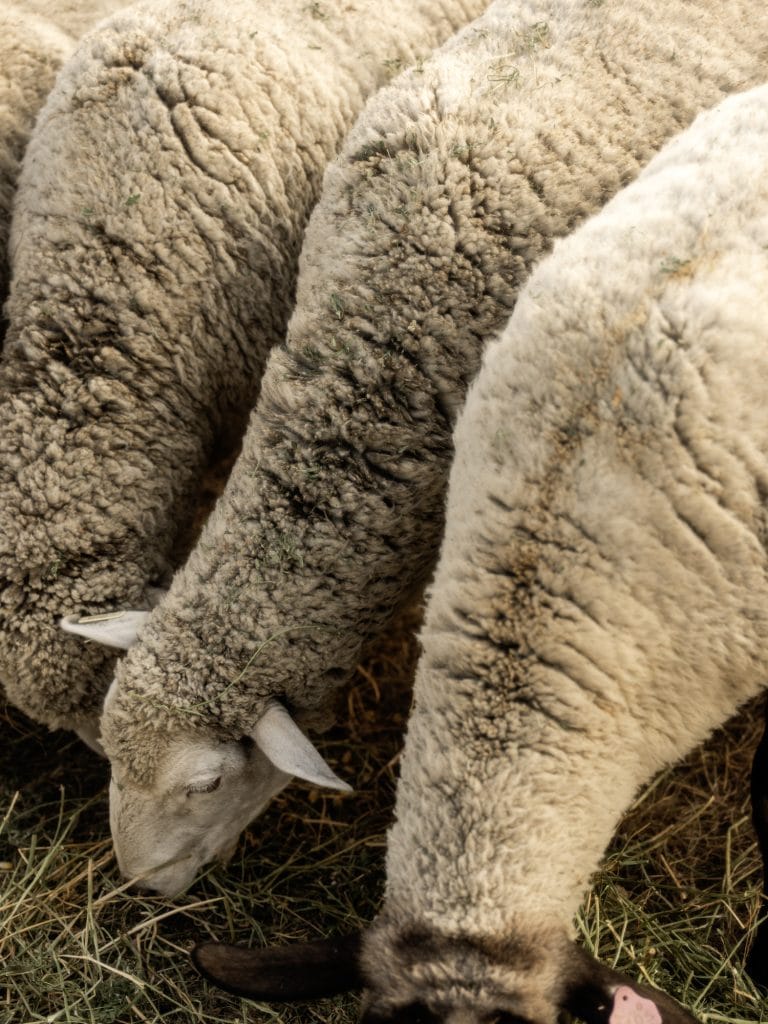
A growing realization
By the time their daughter asked about keeping the milkweed around to help the butterflies, Tracey and Jackson were already having their own suspicion that things needed to change on the farm. “It just wasn’t working,” says Jackson. Their harvests were shrinking, their fields were becoming less productive, and they had both noticed something weird about their animals’ eating habits. “We noticed that our animals and livestock would not touch the GMO corn we were growing. They would eat around it. They would rather starve than eat it,” explains Tracey. “But, when we experimented and planted a small crop of non-GMO corn, that was ok to them. They would eat that without issue.”
There was also a creeping concern about cancer. Tracey had noticed that many of their farmer friends were now dealing with various cancers, especially the older generations. “If I am being honest, I was worrying about my parents a little bit. It’s impossible not to wonder. I’m not saying this is from spraying [for weeds] or fertilizers or whatever, but it does get in your head.”
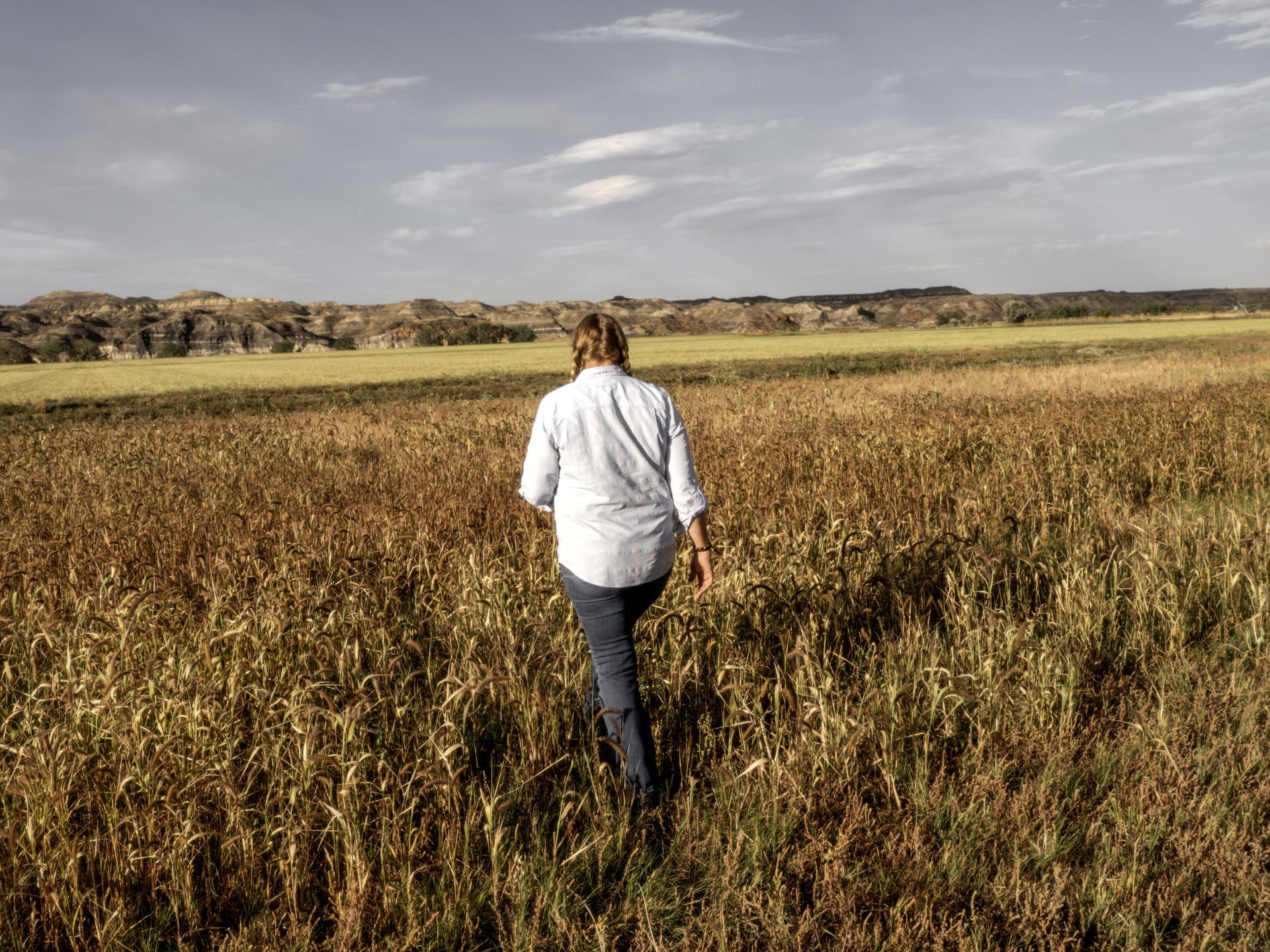
It was a perfect storm of emerging awarenesses, one that came to an inflection point in the fall of that same year that their daughter had suggested keeping the milkweed. It was the end of the growing season and Tracey was working in one of their sugar beet fields. “Where are the worms, I said to myself. There are no worms here. Good soil needs worms and we had none. That was the real kicker. That’s really when the transformation started. I realized that day that we were taking a lot more from the land than we were giving back.” Or, as Jackson puts it, “We had dirt in our fields. Not soil. Something had to be done.”
When you thought it couldn’t get harder
According to the United States Department of Agriculture (USDA), to be considered organic, a farm must adopt practices “that restore, maintain, and enhance ecological harmony”. The goal, the board says, is “to optimize the health and productivity of interdependent communities of soil life, plants, animals and people… by integrating the farming operation into “an ecological whole”.
When people use phrases like ‘regenerative farming’ this is precisely what they are talking about; crop rotations, cover crops and green manure as fertilizer, endless weed management via mowing, strategic planting to build soil rather than denude it, ladybugs and the like for unwanted infestations instead of toxic sprays, and adaptation. Constant adaptation. In short, it is an approach to farming that works with nature, not against it.
And so, it was 2017 when the Dions began to make the slow but steady switch from traditional farming to becoming certified organic. “I remember our bankers weren’t thrilled,” says Tracey with a dry laugh. “And our neighbors certainly had their own opinions. The spite can be real.” In Montana, agriculture remains a primary part of the state’s economic picture as well as a pillar of its cultural identity. And while organic farming has been on the rise in the Treasure State in recent years, it is still only a fraction of the picture. In 2023, according to the USDA, roughly 63% of Montana was being worked as either farm or ranch land by 27,000 farms spread across 58 million acres. Of that, less than half a million acres and about 300 of the operators were certified organic.
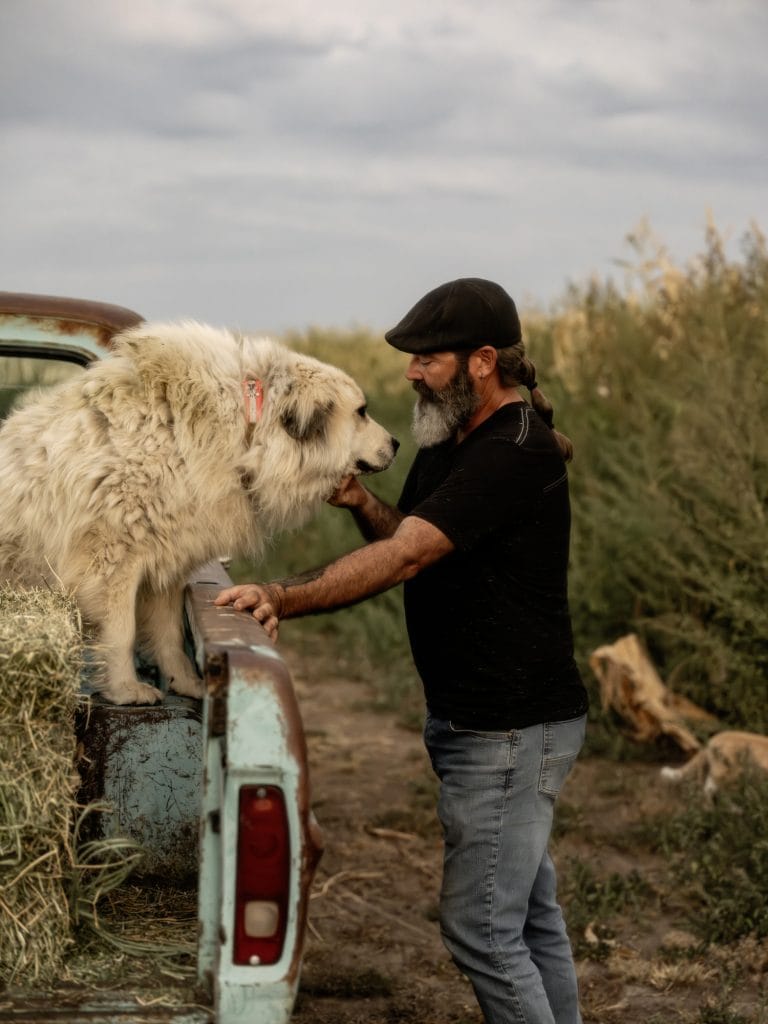
“I do have a ponytail but I don’t wear my Grateful Dead T-shirt every day,” says Jackson Dion.
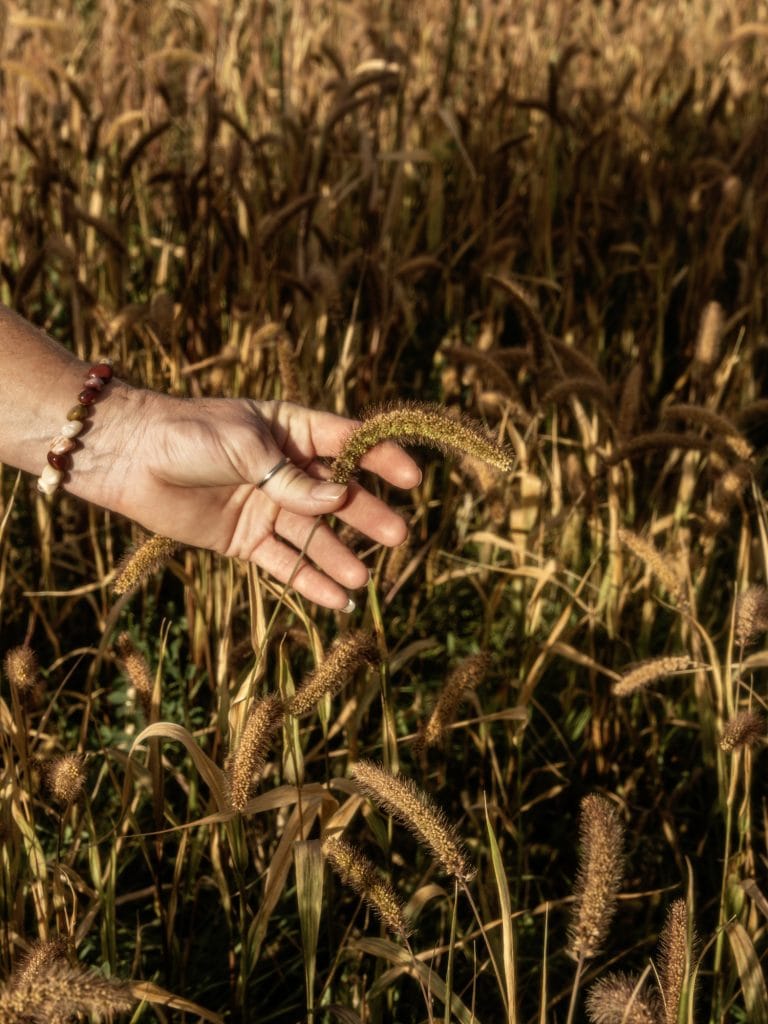
“Organic is working for us. It feels good,” says Tracey Dion.
Who cares what the neighbors think?
But is it worth it? If you ask the Dions, the answer is a resounding yes. For Jackson and Tracey and their family, it has meant moving away from sugar beets and turning instead towards things like chickpeas, beans, alfalfa, oats, and hay. Every season looks different now, quite a change from their days of monocropping. “It is constant adaptation. Nothing is ever static,” explains Jackson, “You have to pick your crops based on what will build the soil for the future but also what you can get under contract to sell. The timing of weed management. The equipment you need. A changing climate. It is a lot to figure out and you have to know how to stay calm. [With organic] things can change in the blink of an eye.”
“We were flinging ladybugs all night. Our kids were probably a little traumatized but it worked”
Tracey Dion
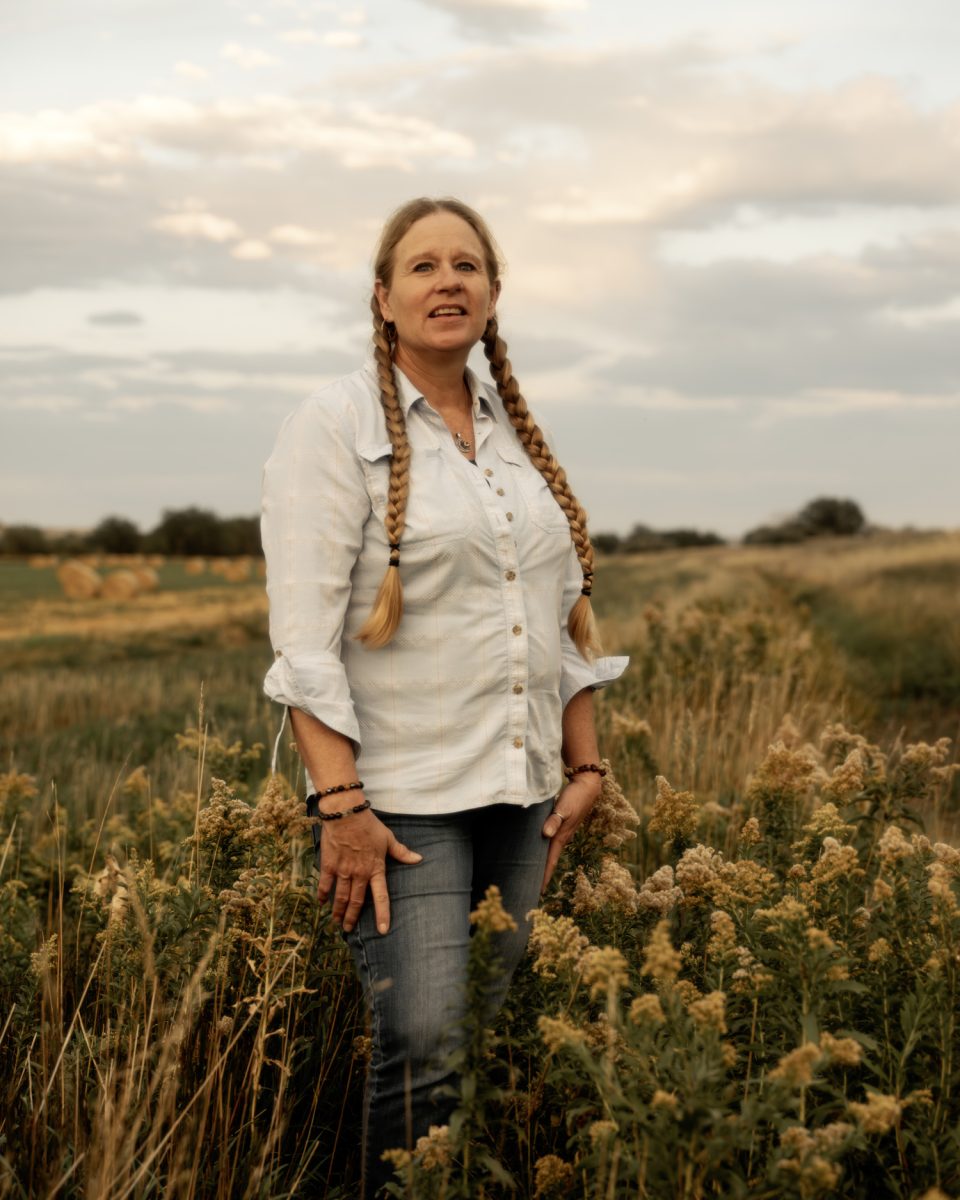
The Dions’ first official certified organic crop was a nine-acre field of Black Butte chickpeas. Though it might not seem unusual to a layperson, row-cropping organic chickpeas with irrigated water was anything but orthodox. The ante was upped midseason that first year when the crop was dangerously sick with aphids. Without pesticides at their disposal, the Dions were scrambling for solutions. Three hundred thousand ladybugs were brought in and the whole family stayed up all night introducing them by hand into the afflicted rows. “We were all flinging ladybugs all night,” remembers Tracey, “Our kids were probably a little traumatized but it worked. Problem solved. That first season turned out to be a huge success and off we went.”
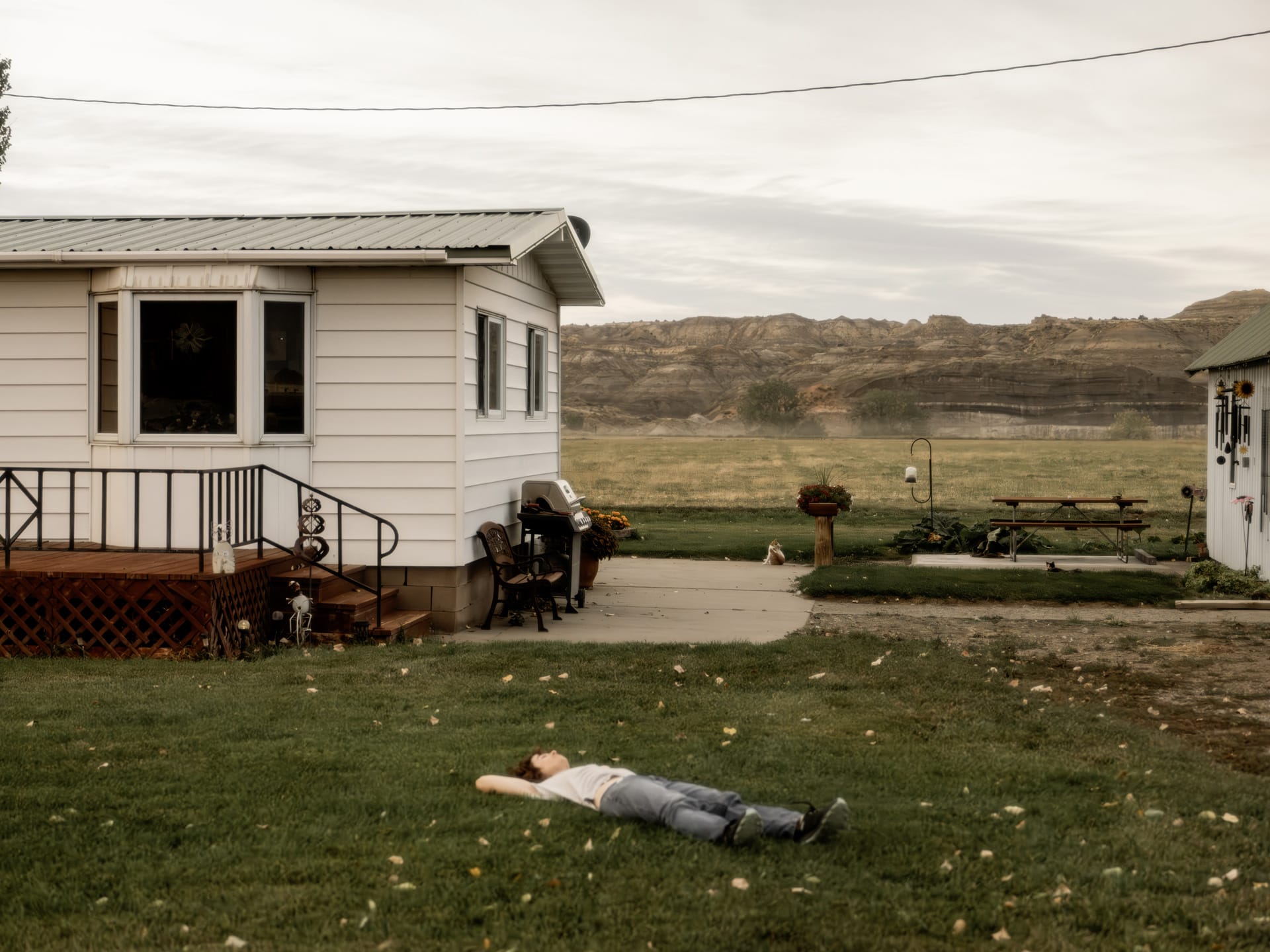
Nowadays, the butterflies and bees, the worms and the birds and all manner of other native critters are back in abundance on the Dion family farm. Nature has returned with full force some seven years out from going regenerative organic. And the economics of it are pencilling out, too. “We are still here,” says Tracey, “You don’t farm to get rich. But going organic is working for us. It feels good. And, you know, I don’t think we would still be in it if we went back to traditional farming. For us, organic is the way.” As for the weird looks from neighbors and concerns from the bank, Jackson puts it best: “Well, I do have a ponytail but I don’t wear my Grateful Dead shirt every day. I think just the fact that we are making it has people curious. They are paying attention. They are learning that we are just like every other farmer, working hard all day, up late fixing a tractor or welding something, dealing with weather. We are proud of what we are doing and I think that shows.”
Find out more
Learn more about USDA Organic Standards
Visit the USDA websiteImagine5 Volume 4 is here.

Cover star Madame Gandhi on the sounds of the Antarctic, free climber Alex Honnold reveals his biggest challenge yet, actor Rainn Wilson embraces his soulful side and much more more!
Starting at 7,- plus shipping
Get your copy nowAbout Imagine5
We are storytellers inspiring you to live a planet-friendly life. Through our stories we shift perspectives and help you see that sustainable change is already underway. Sparking imagination that leads to action, creating a shift to sustainable behavior as the norm. It’s happening.
Read moreTHE FUTURE OF FOOD
THE GREAT OUTDOORS

